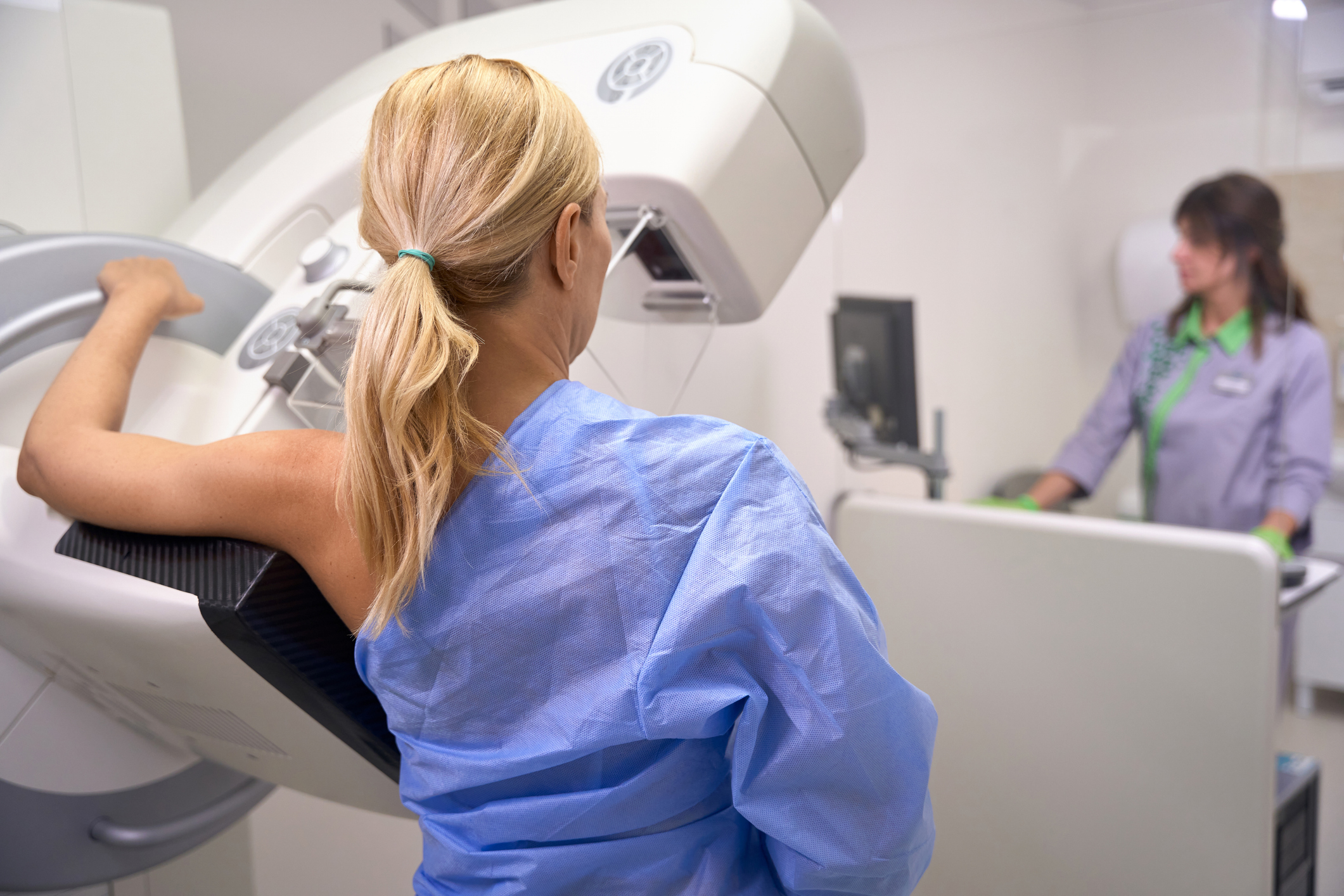
There are two goals with your mammogram: To make you as comfortable as possible, and to get the clearest images possible.
When you make your appointment:
- Choose day or evening. Plan about 30 minutes.
- Schedule by phone (507-646-1143) or online at northfieldhospital.org [QR CODE]
- If you’ve had past mammograms somewhere else, have them sent to us prior to your appointment, or bring them with you. The radiologist will compare them with your new mammogram and look for any changes.
When you arrive:
- Check in at the Women’s Health Center registration desk.
- There’s a comfortable, private waiting room. You’ll meet your mammography technologist and complete some forms there.
- You’ll be given a warm gown to change into – top only. (You’ll be more comfortable in pants or a skirt that day.)
- We use soft mammo pads on the machine to cushion your breasts.
During the test:
- A mammogram is a set of four images – two positions (side and front) for each breast.
- The mammography technologist will position your body and your breasts to get the clearest images possible.
- The machine uses two plates to compress your breasts. The purpose of that is to spread the breast tissue to get a clearer image.
- You’ll feel pressure as the plates squeeze your breast. Each position lasts a few seconds.
- You’ll need to hold your breath. The 3D mammogram scanner is extremely sensitive to motion, and holding your breath prevents a blurred image. “Our machine is going so fast that any kind of little movement will make your picture blurry,” explains Elizabeth Le Blanc, NH+C’s lead mammography technologist.
Getting your results:
- A radiologist reads your films and compares them to any past mammograms you’ve had.
- The radiologist is looking for changes, based on what’s normal for you. “We’re always looking for changes,” Elizabeth explains. “Having your previous mammograms helps the radiologist identify any changes in your breast and what is normal for you. That helps reduce the need for follow-up imaging.”
- Your results will come by mail within two weeks. You can see your results via MyHealth Info within 2-3 days.
- If there’s a concern with your results, the Breast Care Navigator will call you. The navigator will help you with any follow up you need, and answer all your questions.
Possible follow up:
- You may need a second mammogram and/or ultrasound to look more closely at an area of concern. If necessary, a biopsy may be performed. This would be done during a different appointment and coordinated by the breast care navigator.
Future screening:
- You should have a screening mammogram every year, starting at age 40.
- Your first mammogram is your baseline mammogram. It sets the foundation of what’s normal for your body. Comparing future mammograms to your baseline mammogram will help detect subtle changes or abnormalities that could indicate breast cancer.
- Your films stay in your medical record for 10 years, and will be used to compare future mammograms to look for any changes year after year.
- Start screening younger if you have a family history of breast cancer; talk with your provider.
Knowing your breasts and doing monthly self-exams is one of the best things you can do to monitor your breast health.
If you notice any changes in your breasts, see your primary care provider right away. Watch for pain, lumps, swelling, redness, changes to skin, nipple discharge.
